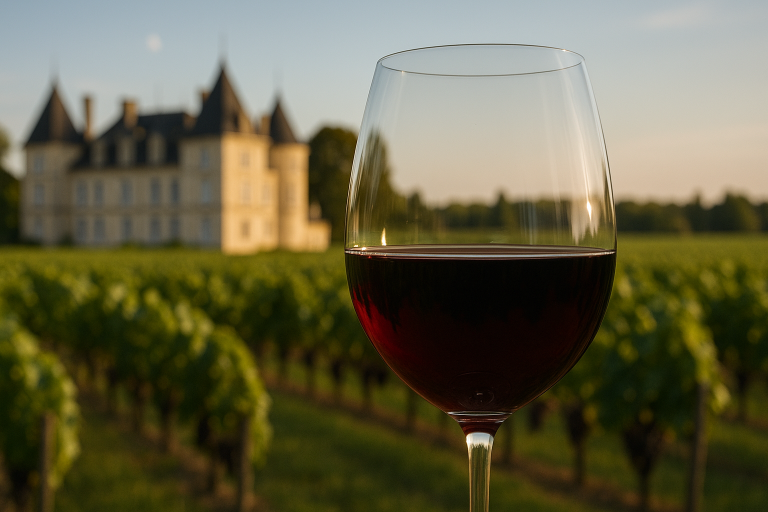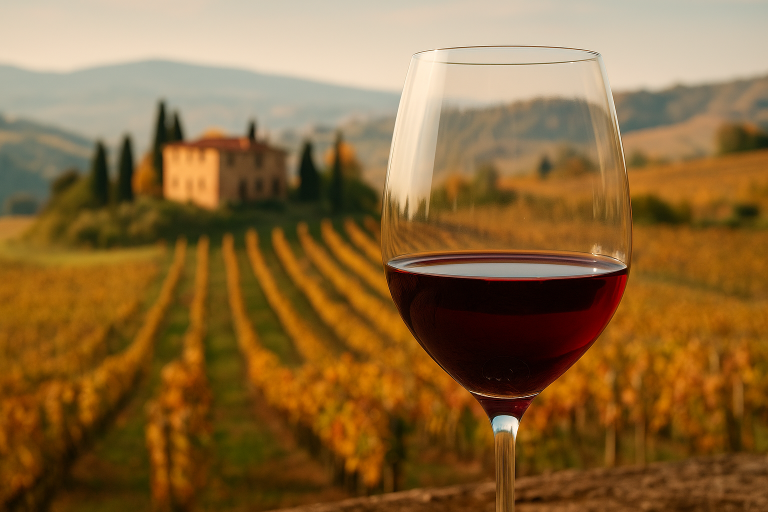Distinctive, daring, and deeply South African, Pinotage is a grape unlike any other. With its smoky richness, dark fruit intensity, and sometimes wild personality, it has become both a point of national pride and a symbol of innovation in winemaking. A true original, Pinotage is a varietal that defies convention — marrying the best of Old World elegance with New World vibrancy.
A Brief History
Pinotage’s story begins not in ancient vineyards, but in the laboratory of a visionary scientist. In 1925, South African viticulturist Abraham Izak Perold set out to create a grape that combined the finesse of Pinot Noir with the hardiness and productivity of Cinsaut (then known locally as Hermitage). By crossing the two, he created something entirely new — a grape with bold color, distinctive flavor, and impressive adaptability.
The name Pinotage is a blend of its parents’ names: Pinot + Hermitage. For years, it remained little more than an experiment, but in the mid-20th century, winemakers began to see its potential. The first commercial Pinotage wines appeared in the 1960s, and by the 1980s, it had become recognized as South Africa’s signature red variety.
While early examples were sometimes criticized for their rusticity or smoky notes, modern winemakers have refined their techniques, producing sophisticated, expressive wines that showcase Pinotage’s unique identity. Today, it’s a grape that proudly represents South Africa’s winemaking creativity and resilience.
Where It’s Grown
Pinotage thrives in South Africa, particularly in the Western Cape, where warm days, cool nights, and varied soils help balance fruit ripeness and structure. Key regions include Stellenbosch, Paarl, Swartland, and Walker Bay, each offering a slightly different expression — from lush and fruity to structured and earthy.
Outside South Africa, small but growing plantings can be found in New Zealand, California, and even Israel, though none match the depth and character achieved in its homeland. South African winemakers also use Pinotage creatively in Cape blends, combining it with Cabernet Sauvignon, Merlot, and Shiraz for added complexity.
Tasting Notes
Pinotage is typically full-bodied with deep color, ripe tannins, and moderate acidity. Aromatically, it’s bold and unmistakable — blackberry, plum, and cherry mingle with notes of smoke, leather, chocolate, and roasted coffee.
Depending on the style, Pinotage can range from fruit-forward and juicy to earthy and robust. Oak-aged examples reveal hints of vanilla, spice, and cocoa, while younger wines emphasize freshness and fruit. Some even show a signature “smoky-bacon” note that fans of the varietal adore.
On the palate, Pinotage is rich yet balanced, with flavors of dark berries, mocha, and spice, leading to a warm, lingering finish. It pairs beautifully with barbecue, roasted meats, lamb, and spicy dishes, making it an ideal companion for South Africa’s outdoor braai culture.
The Essence of Pinotage
Pinotage is more than a grape; it’s a statement. It represents South Africa’s innovation, independence, and deep connection to its land. Once misunderstood, it has evolved into a sophisticated, world-class varietal that proudly stands on its own.
Whether bold and smoky or smooth and elegant, Pinotage delivers an experience that’s uniquely its own — a wine of strength, identity, and unmistakable character.







